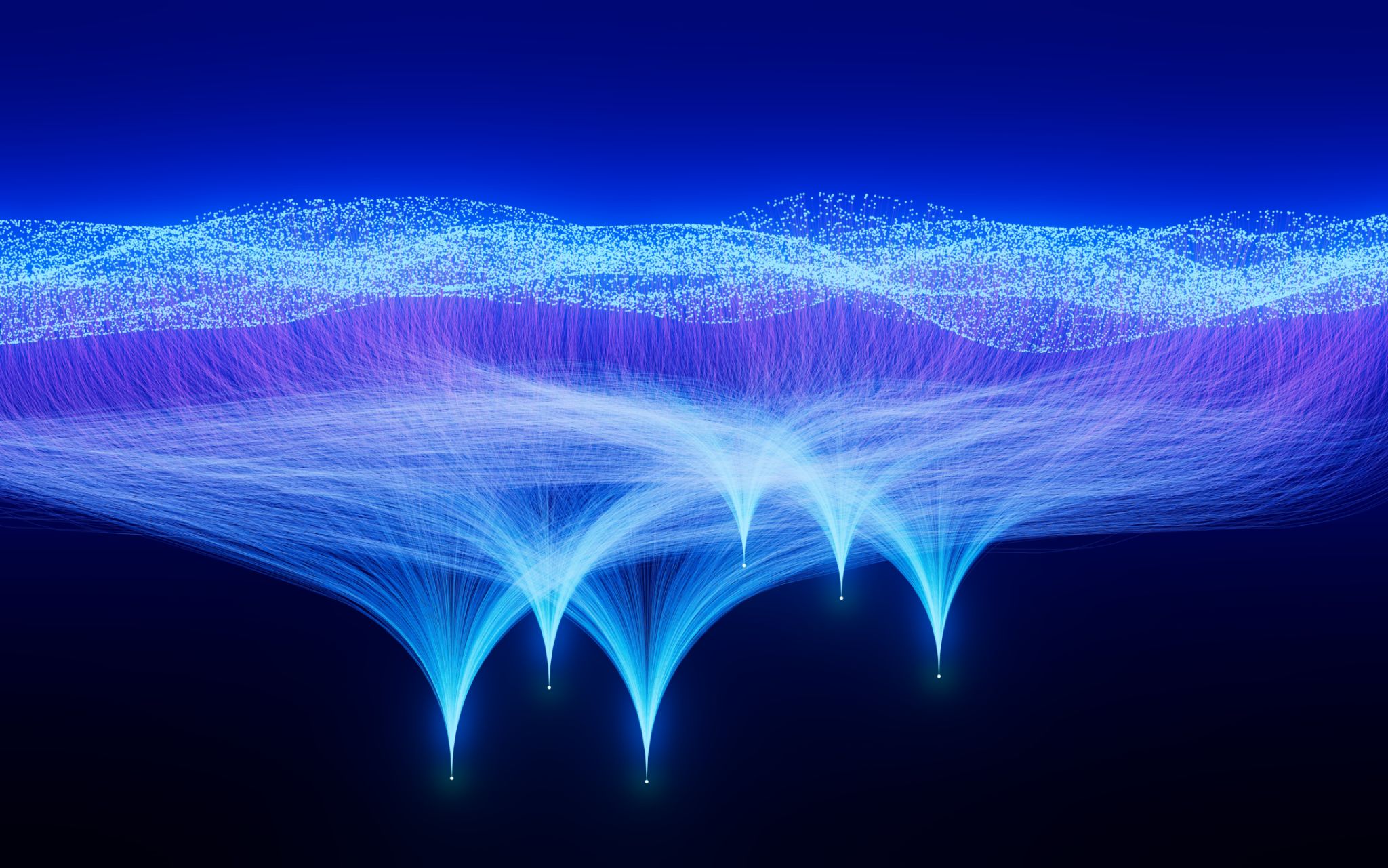Exploring AI Innovations Inspired by Nature at Point Preserve
Introduction to Nature-Inspired AI
Artificial intelligence has long been inspired by the natural world, drawing on the intricate processes and systems that have evolved over millions of years. At Point Preserve, researchers are delving into the fascinating intersection of technology and nature. Here, they explore how AI innovations are mimicking the adaptability, efficiency, and resilience found in nature.

Biomimicry: Learning from Nature's Designs
Biomimicry plays a significant role in AI development at Point Preserve. This approach involves emulating natural strategies to solve complex human problems. For example, algorithms inspired by the flocking behavior of birds are being used to improve network communication systems, ensuring data is transmitted efficiently and reliably.
At Point Preserve, scientists have also taken cues from the way ants organize and optimize their foraging paths. This has led to advancements in pathfinding algorithms, which are crucial for autonomous vehicles and robotics. By studying these tiny creatures, researchers are uncovering ways to enhance AI's problem-solving capabilities.
Neural Networks: Echoing the Brain
Neural networks, a cornerstone of AI technology, find their roots in the human brain's structure. At Point Preserve, researchers are developing more sophisticated neural networks by examining how neural pathways process information. This has resulted in smarter, more adaptive AI systems capable of learning from experience and making decisions more akin to human reasoning.

Additionally, these networks are being refined to better replicate cognitive functions such as memory and pattern recognition. This not only enhances AI's ability to process vast amounts of data but also improves its capacity to predict outcomes and identify trends.
Swarm Intelligence: Harnessing Collective Behavior
Swarm intelligence is another area where Point Preserve scientists draw inspiration from nature. By observing the collective behavior of insects like bees and termites, researchers are developing decentralized AI systems that function efficiently without central control. This approach allows for greater flexibility and resilience in dynamic environments.
These swarm-based systems are particularly useful in fields such as logistics and disaster response, where rapid adaptation and coordination are crucial. By imitating the natural world's self-organizing systems, AI can perform complex tasks with remarkable efficiency.

Environmental Applications of Nature-Inspired AI
The innovations at Point Preserve aren't just theoretical; they have practical applications with significant environmental impacts. For instance, AI systems inspired by natural ecosystems are being employed to monitor and manage wildlife populations, helping to conserve endangered species.
Moreover, these AI technologies are being used to optimize renewable energy systems by predicting weather patterns and energy consumption rates. This leads to more sustainable energy production and reduces reliance on fossil fuels.
Conclusion: The Future of Nature-Inspired AI
As AI continues to evolve, the influence of nature remains a guiding force in its development. At Point Preserve, the fusion of natural wisdom with cutting-edge technology is paving the way for a future where AI not only mimics but enhances the natural world.
The innovations born from this synergy hold the promise of creating a more efficient, sustainable, and harmonious coexistence between technology and nature. As research progresses, we can expect even more groundbreaking discoveries that will shape the landscape of artificial intelligence for years to come.